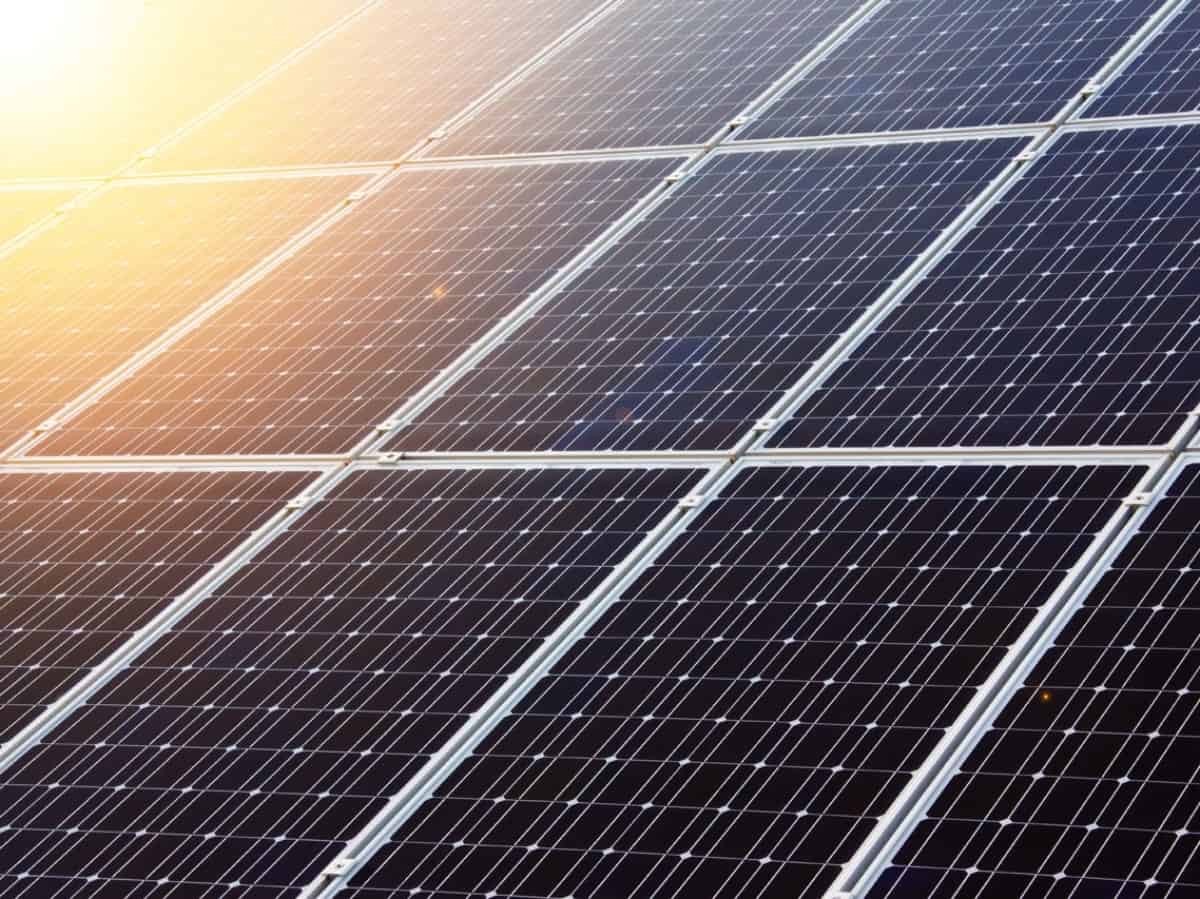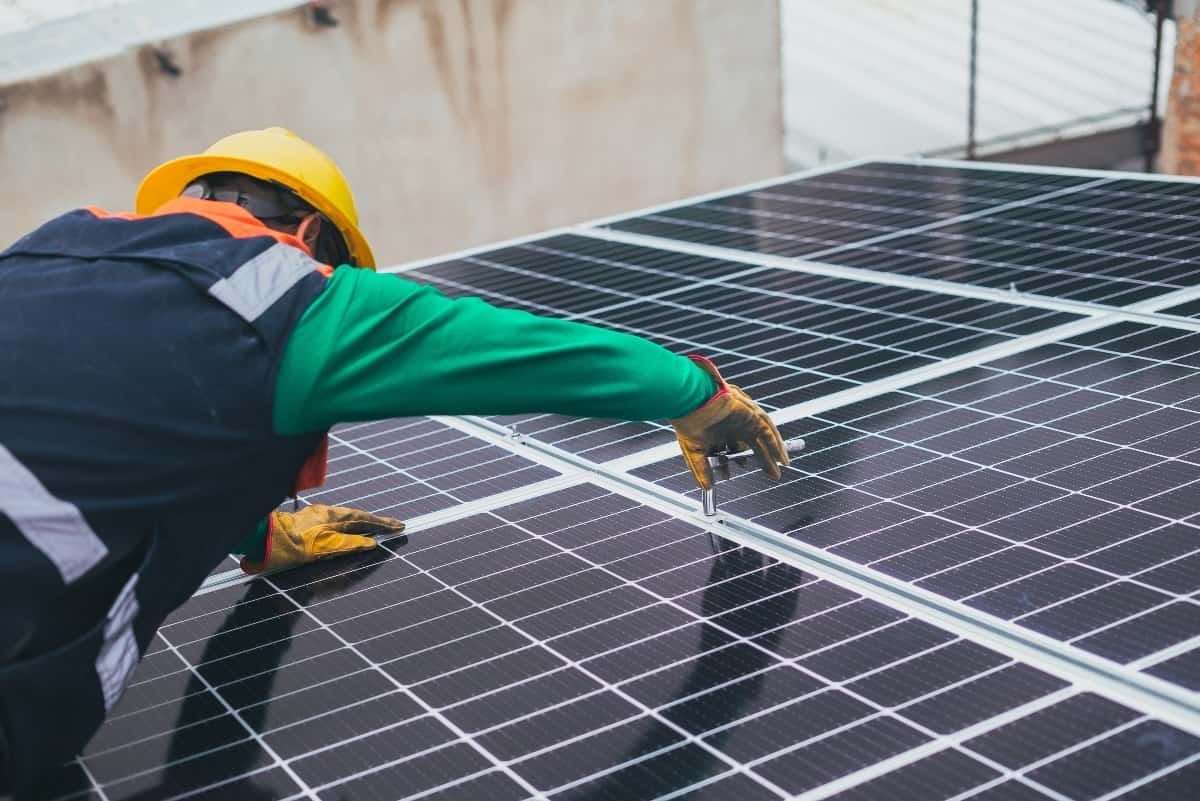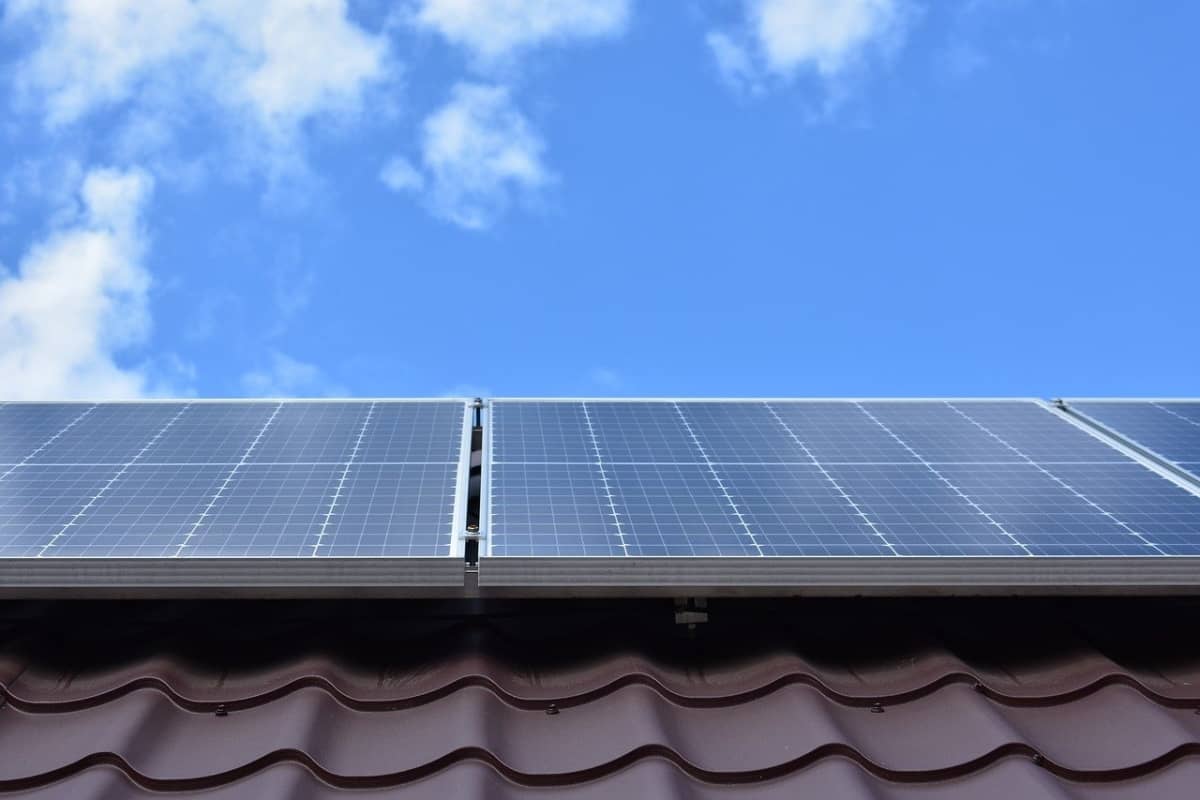Household heroes know that anything worth doing for the family is worth doing well. Utilizing the best direction for solar panels can increase their efficiency. In some cases, fixing the panel angles may produce 25% more power in similar conditions! Over time, that compounds into thousands in electrical bills or hours of there’s not enough power to handle all the household needs.
Even for systems set to a proper angle, knowing how and when to adjust the angles can cause a notable increase in power. Below, you’ll find the information you need to determine the best direction for solar panels.
Discover Energy Audits with Solar Energy and ONIT Home
Try our Free Energy Audit to make sure your home is performing at optimum energy efficiency. We’ll inspect every nook and cranny of your home to make sure it’s best serving your needs. We’ll also give you tips on lowering your energy bills, conserving energy, and creating a more efficient space. To learn more about how we can help you maintain a top-performing home, visit us online to get started!
Things to Know Before Finding Your Optimal Solar Panel Angle
Two different angle measurements are important for solar panels: azimuth and tilt. The azimuth angle deals with the horizontal orientation of the panel, while the tilt is the vertical angle. A tilt angle of 0 degrees is a flat panel, while one at a 90-degree angle is completely vertical. Most solar panels operate somewhere between 0 degrees and 60 degrees for their tilt angle. The easiest way to remember how to set the azimuth angle is to point the bits that collect the sun’s energy towards it.
Unless your home undergoes major renovations, the azimuth angle shouldn’t need to be touched once you have the panel installed. On the other hand, since the tilt angle can strongly influence the amount of power generated, many mounts have adjustable angles. How difficult it is to adjust the angles will change between models. If you have a large array of solar panels in a difficult location like a roof, it can be a long day of work to make it through all of them. Some solar panel mounts automatically track the optimal angle and adjust themselves accordingly. The downside to automating the adjustments is the minimal gains on smaller systems compared to the cost of the mounts. They may still pay off over an extended period of operating time, and they are worth watching for improvements in performance and cost.

Calculating the Best Direction for Solar Panels
Because they are catching light particles traveling from millions of miles away, there is a small bit of math involved to get the best direction for solar panels. Fortunately, it’s somewhat easier than it sounds, and some tools make it even easier.
Find Your Latitude and Longitude
Since the Earth is tilted, where you live on the globe has a large impact on how direct your sunlight is. A quick online search of your address or town should be able to find your coordinates without much hassle. Write them down somewhere that you won’t lose, since they’ll be a frequent reference later.
Finding True South or True North
Now that you know where your home is, the next step is finding true south or true north. If you use a compass, it points towards the magnetic poles of the planet. This is handy for navigation and other purposes, but the true directions are what you need for getting the right azimuth angle. You can quickly get the directions for your location using this online calculator.
In the northern hemisphere, you want your solar panels to point towards the true south. In the southern hemisphere, they point in the opposite direction to the north. Face the working surface of the solar panels in either true north or true south as directed for your hemisphere.
Tilt and Seasonal Adjustments
After you figure out the azimuth angle, the next step is finding the best tilt. The earth’s movement makes that angle change over the year. They sit flatter in the summer, and winter months require a more vertical tilt. Conveniently, the latitude of a location is close to the optimal tilt for both spring and fall. To get the expected value for summer, you would take 90% of the latitude and subtract 23.5 degrees. For the cold season, you would take 90% of the latitude and add 29 degrees.
For example, someone living in Boise who was setting their panels up for winter would start with their latitude of 43.6150 degrees N. 90% of that is 39.2535, which comes up to 68.2535 degrees. The small numbers can be dropped to get a tilt angle of 68 degrees.
Account for Usage Hours
The general guidelines for solar panel angles will produce the most power over time, but that does not always mean it’s the most efficient use. If you’re getting peak power in the middle of the day but have no battery to store excess power, you’d use less of your generated power than if the panels were angled slightly differently.
Check Your Numbers against Estimates
Because latitude and longitude work well for determining solar panel angles, you can use yours to get a rough estimate for your angles. To start, you can use your latitude as an average tilt angle. For winter, add 15 degrees to the estimate. In the summer, subtract 15 degrees. If you’re setting your system up for maximum power during a specific portion of the year, use the appropriate estimate. Remember that this is a guideline, not an exact value. You could get away with using the values in a pinch, but you’ll get more energy efficiency if you use more precise angles.
Use an Online Tool
Now that you’ve done it the hard way, here’s the cheat code. Input your location information into the fields, then let the computer do its magic. If you use its suggested example of Los Angeles, you can quickly see the optimal tilt for static panels and adjusted ones.
Install and Adjust the Panels
When you are satisfied with your measurements, you can start installing the panels. Aside from the tools needed to install the mount, you should have tools to measure the angle of the panel while adjusting them. Some mounts have set increments for their tilt angles, but a level and a protractor will still be needed to find the right spot.
Accounting for the Shape of Your Roof
Ground-based panels are fairly simple to set once you find or make a flat surface for their mounts. Rooftop solar systems make use of space that might otherwise go to waste, but most residential roofs are sloped in multiple directions. First, consider the shape of your roof against the measurements you gathered earlier. Some portions of your roof may be perfect for your panels without adjustment. Every instance where math helps avoid extra work makes all those lessons worth it.
In many cases, your roof slope won’t be quite right for maximizing your solar efficiency. The easiest way to deal with roof slope is to handle it during installation. You could measure the angle of your roof, compare it to the needed tilt angle, and come up with the angle that the mount will have to reach. Instead, you could take a level with you, install the mount, and adjust the panel using the level to represent the ground.
Increasing Efficiency with Suboptimal Angles
If your panels are locked at an angle or you don’t want to adjust them every 3 to 6 months, you can take some steps to improve their efficiency. The first step is keeping them clean and clear of obstructions. A few stray leaves sitting on top of a panel for a couple of weeks before they fall can cause a significant energy loss.
As mentioned earlier, tracking mounts can help the panels produce more net power throughout the year, but the mounts themselves cost far more than the typical leg or pole mounts.
The easiest way to get more power, if not necessarily efficiency, is to install more panels. It costs less than many tracking mounts, and it’s more convenient than having to worry about brownouts every time a cloud passes overhead. You can include panels at different tilt angles and azimuth angles to spread power production throughout the day.

Getting Assistance
Finding the proper angle is one thing, but putting that information into practice is another. ONIT Home can help you audit your home’s power usage, including information on how to switch to solar or expand your current solar power system. With our expert advice, any home can be powered by the purity of the sun, no matter where it is or how odd the roof is shaped. If you’re unhappy with your current system’s performance, we can highlight ways to increase efficiency through angle adjustments and more. We’re here to make everyone’s house a home!
To get started, visit us online or give us a call today at 1-833-433-0331!



